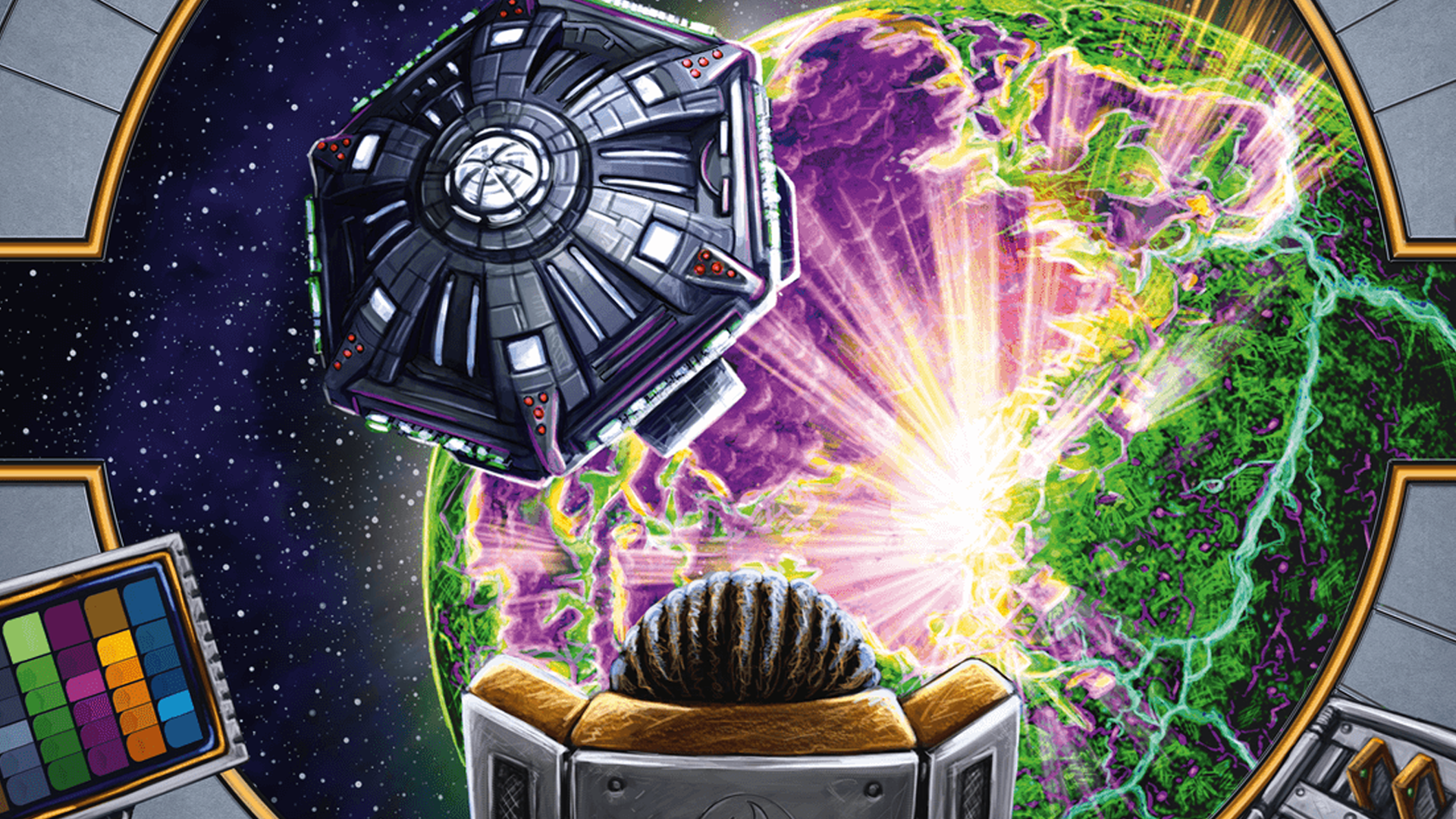

When a system expands through time, we can foresee a certain degree of dependence between locations, and this dependence is exactly what gives unity to the process.

a dynamic system in which every location, at some well-specified underlying space, has a distinctive behavior through time. The basic assumption is the detection of a spatio-temporal gradient which is an outcome of an expansive phenomenon, i.e. Through the chrono- and geostatistical analysis of a comprehensive dataset of radiocarbon-dated cremation burials we aim to model the spread of the cremation practice in the time span 1800-800 BC in central and southwestern Europe. In this paper we want to adopt an innovative approach. Recently, scholars started to assume the inner complexity, which characterizes the introduction and the development of the cremation practice, as shown by the variability in grave types, the magnitude of the dispersal area and the social and ideological deep transformations following the adoption of such innovation. It follows that the presence of the cremation rite in the north-east of Iberian Peninsula has been explained as a consequence of such east to west people movements. From this region cremation burials would have expanded across space and along time toward western and southern territories. Traditionally, the origin of the so-called Urnfield culture has been placed in the Charpato-Danubian area. Among the most relevant changes which took place in the 2nd millennium BC, the introduction and the development of the cremation rite deserves a particular attention for its relevance. The Late Bronze Age in Europe represents a perfect case study to test different and competing hypotheses of social dynamics and cultural changes in small-scale societies. As such this volume contributes to and hopes to stimulate research on the Early Iron Age Hallstatt C period on a European scale. In many cases these are the first overviews available in English and together they make regional research accessible to a wider audience.

In an attempt to overcome this, Connecting Elites and Regions brings together scholars from several research traditions and nations who present regional overviews and discussions of elite burials and material culture from all over Northwest and Central Europe. Research into this period, however, tends to be regionally focused and poorly accessible to scholars from other areas – language barriers in particular are a hindering factor. They reflect long-distance connections in material culture and elite (burial) practices across the breadth of Northwest and Central Europe. These sumptuous burials contain beautiful weaponry, bronze vessels and extravagantly decorated wagons and horse-gear. This new burial rite reflects one of the most noteworthy developments in Early Iron Age Europe: the rise of a new and elaborate way of elite representation north of the Alps. The Early Iron Age Hallstatt C period in Northwest and Central Europe is marked by the emergence of monumental tumuli with lavish burials, some of which are known as chieftain's or princely graves.


 0 kommentar(er)
0 kommentar(er)
